
Easing back to get our weekly dose of armchair travel, we decided to revisit one of the finest Japanese classics, the 2008 movie ‘Departures’. We were instantly under the spell of those stunning mountainous backdrops from the Tohoku region. Directed by Yōjirō Takita, ‘Departures’ is an internationally acclaimed film, one of few Japanese movies that came back home with an Oscar for Best Foreign Language Film! A little refresher on the plot of this masterpiece - the main character, a professional cellist, moves to rural Yamagata prefecture and gets a new job as an assistant mortician. It’s a bittersweet story with the most incredible scenery that we are absolutely obsessed with.
Here are some places you cannot miss when you finally visit in person!
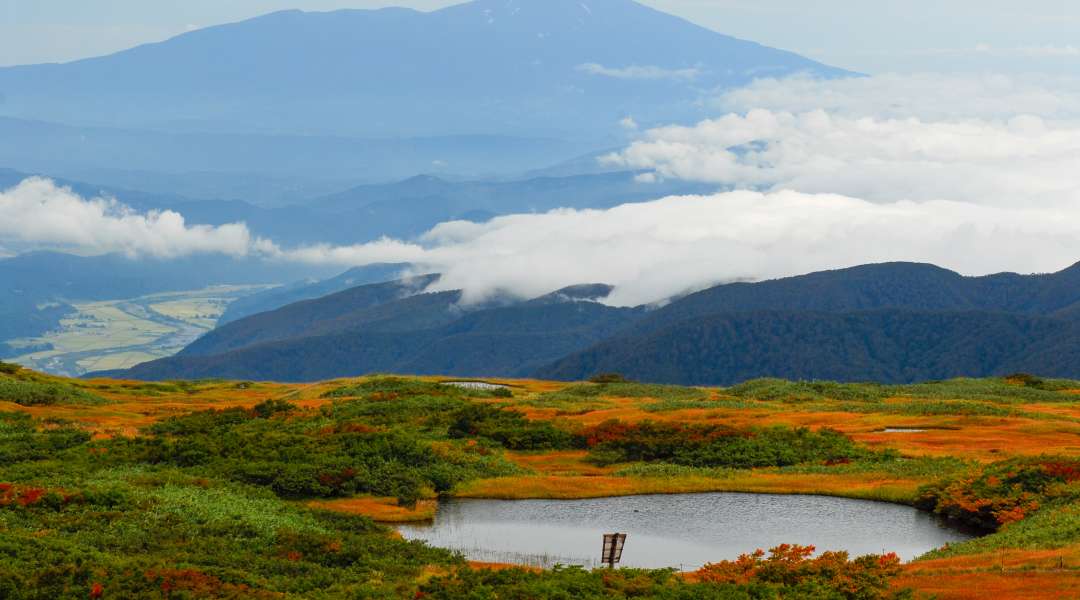
We are going to start with THE view you should recognise, even if you haven’t seen the movie! Most people remember the poster with the main character Daigo on a chair holding his cello with a breath-taking mountainous view in the background. What you can see behind Daigo is Mt. Chokai, the highest peak of Yamagata prefecture and second highest mountain in the Tohoku region (first if you only count mountains with their peaks in Tohoku). Head to Yamagata’s Dewa Sanzan area to see Mt. Chokai which is known as ‘The Fuji of Tohoku’ or ‘Dewa Fuji’. It’s on the list of Japan’s 100 Famous Mountains, oh and it’s also a sacred mountain of the Shugendo sect of Buddhism. What other credentials do we need?
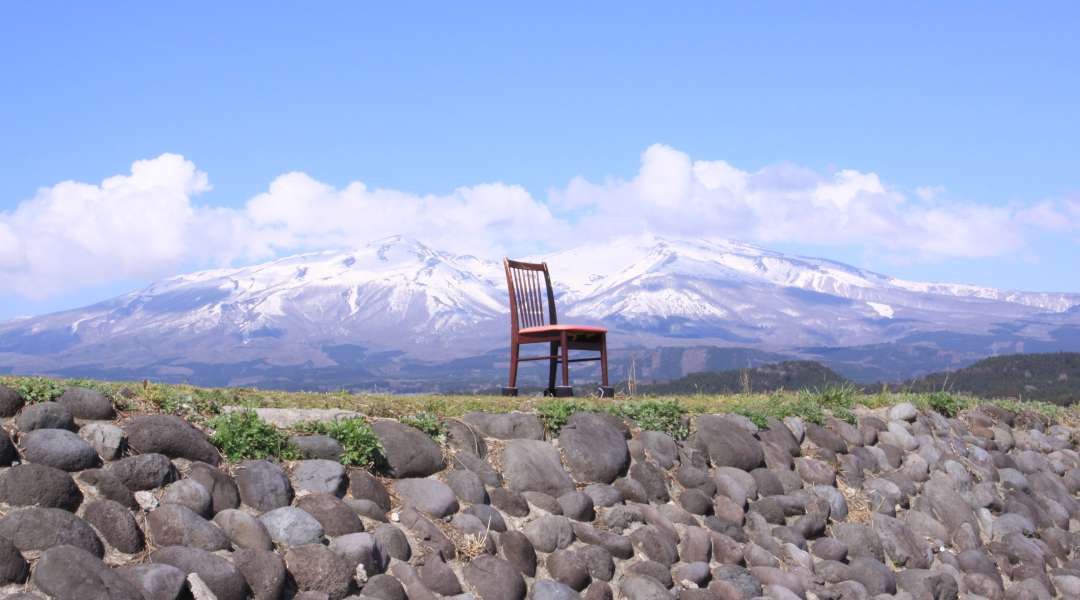
We recommend renting a car for the day to make the most out of this hiking adventure. Make sure to get a hold of an International Driving Permit and don’t sweat, in Japan they drive on the same side of the road as in the UK! You can get to Mt. Chokai’s peak (2236 m) from late spring to late autumn when there is no snow to stop your adventuring spirit. It takes 8 to 10 hours to get to the peak and back so brace yourself for a full day out in the wild!
For those who are here for the views of Mt. Chokai, we recommend visiting the valley or hiking one of the Dewa Sanzan peaks, the Three Sacred Mountains of Dewa. Those are: Mt. Haguro, Mt. Yudono, and Mt. Gassan which have been used by Shugendo Buddhism as training grounds of mountain monks called Yamabushi for centuries! You can test your resilience on all three and join the pilgrimage leading to spiritual rebirth. All three have symbolic meaning connected to that journey which began over 1000 years ago! The hiking time will be different depending on the route and make sure to check the snow situation before settling on hiking one of them.
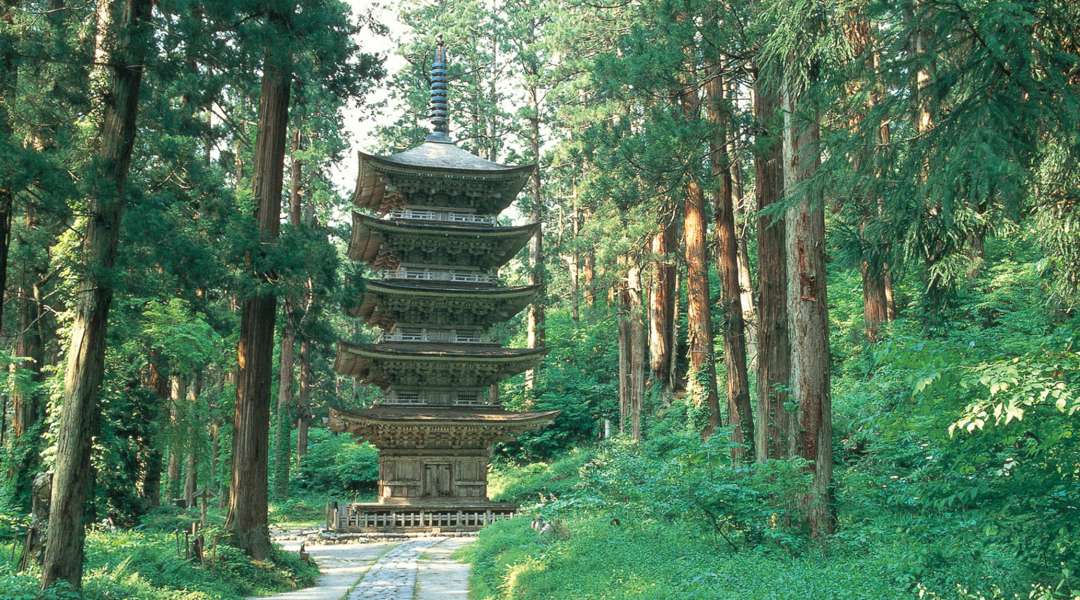
Mt. Haguro (414 m) represents the present and it’s the least challenging hike of the three. Accessible all year round, you can enjoy the changing seasons surrounding the famous five-storied pagoda and historical cedar trees that make the hike worth every step. Getting to the top and all the way down will take you around 3.5 hours.
Mt. Gassan (1984 m) is the second one on the trail and symbolises the afterlife. You can hike it between July and October, and that’s where you’ll find the Gassan Shrine. Depending on the route, reaching the peak and walking down will take from 6 hours to even two days!
Mt. Yudono (1504 m) is the final and most spiritually potent of the three. It symbolises the future or rebirth and to add to the mystical atmosphere, not only pictures are not allowed in the main areas of the mountain shrine but also you are not allowed to talk about what you have seen or heard in certain areas! The shrine is easily accessible by bus or car so it's recommended for visitors who want to bask in the spiritual atmosphere but are running low on time. You can follow a paved path for a short hike up the mountain (a round trip will take you around an hour) or choose the adventurous Yamabushi path but make sure to have a Yamabushi monk guide you because it's very challenging! You will spend around 3 hours exploring the mountain taking the Yamabushi route.
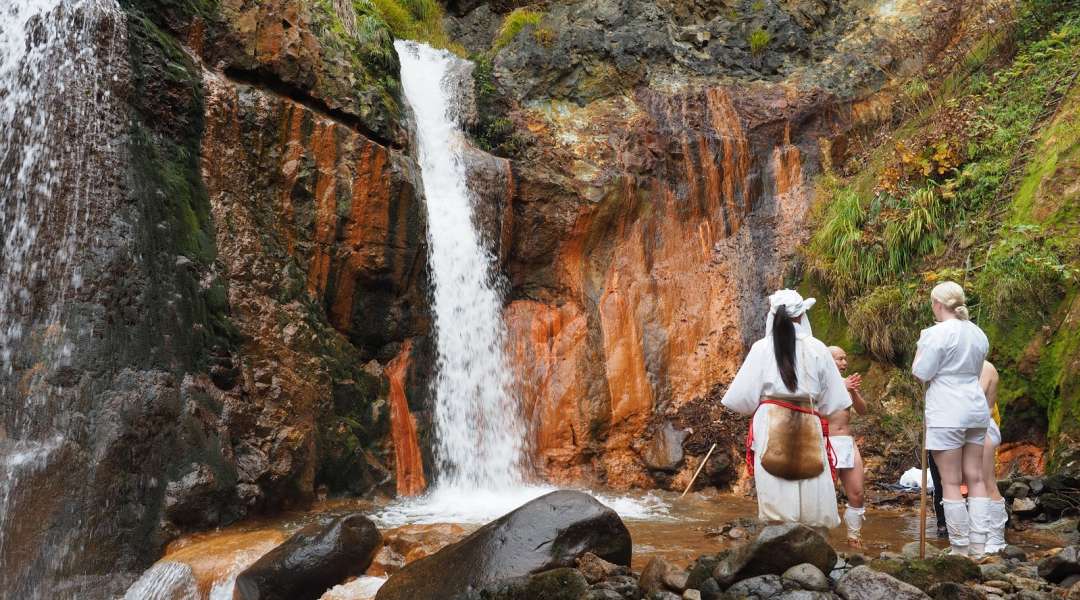
Visiting the area don’t miss out on the mountain monk Yamabushi training at the local temples. You can join their prayers or even try waterfall meditation! We interviewed a local, Sara Milliot who has experienced the training and while talking about waterfall meditation shared that:
You can reach all three mountains by bus from Tsuruoka but again we recommend car rentals to allow for some flexibility. Pop into Tsuruoka City for a meal, you won’t regret it because it has been named a UNESCO Creative City of Gastronomy! This area is famous for shojin-ryori which is vegetarian Buddhist cuisine that makes the most out of ingredients. Once you've filled the tank with delicious food, take a walk around Tsuruoka to get a feel of the local je ne sais quoie characteristic of 'Departures'. Seasoned detectives might want to try looking for where the public bath Tsurunoyu that starred in the film used to be. Unfortunately, it has been taken apart a few years ago but it shouldn't stop us from enjoying the area! Visit Tsuruoka's official page to get all the latest information before planning your visit!
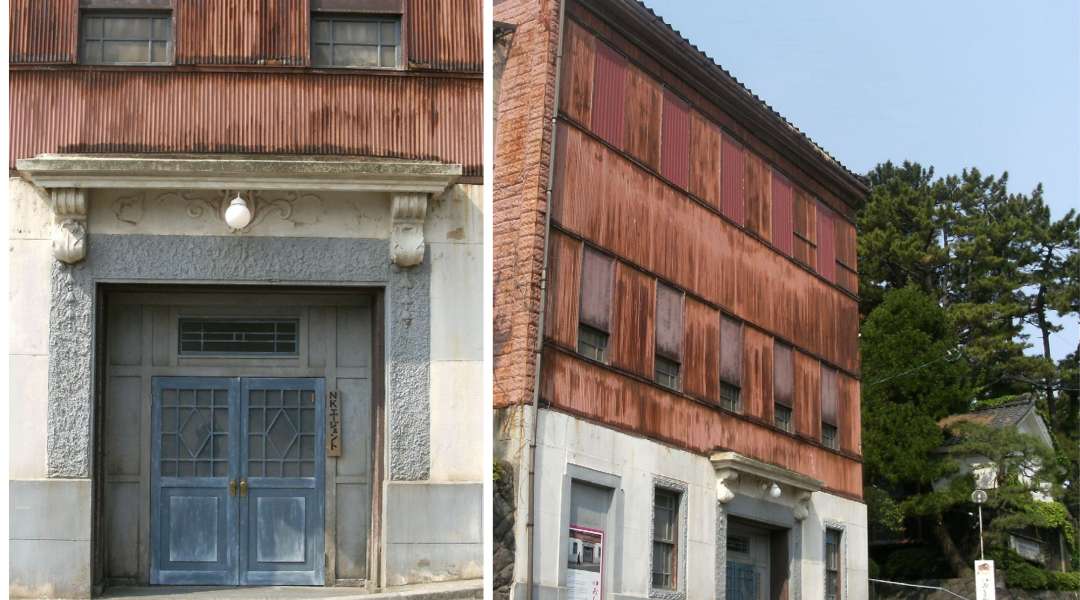
Take a short trip to Sakata to explore this historical port town and visit another top movie location: the building which starred as the funeral company’s office! It's probably one of the most recognisable locations but 'Departures' were filmed around Sakata! Explore the historical streets of Sakata filled with relicts of the past and other film spots.
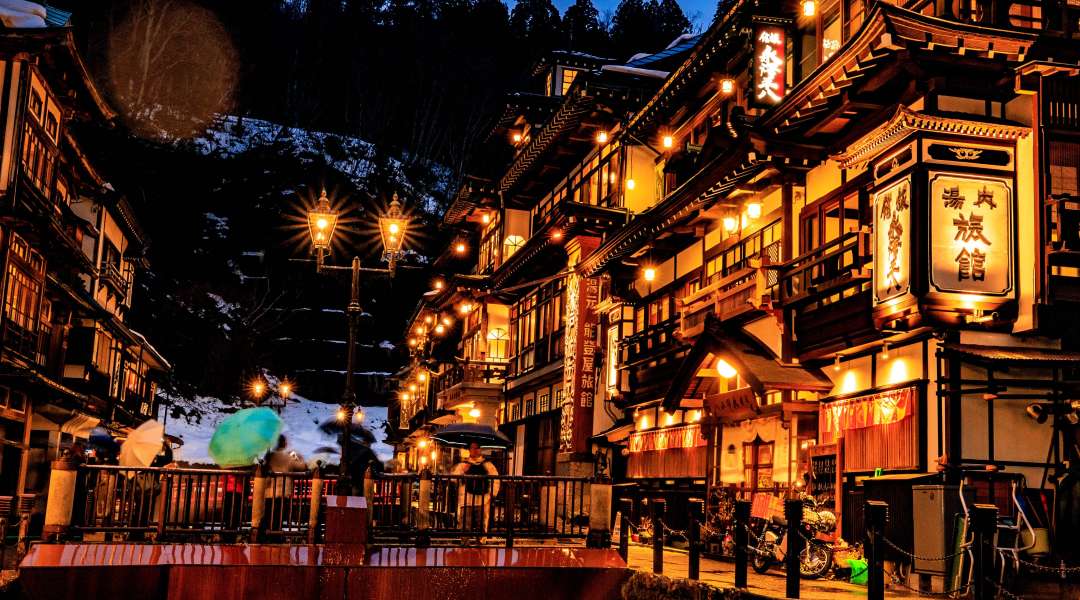
Now, that we’re in Yamagata prefecture you might want to depart for the other side of the prefecture where you can find the astonishing Ginzan Onsen, a hot spring town that will take you back to the beginning of the 20th century with its unforgettable architectural style and soaks to die for. Those still hungry for some hiking adventure should check out the impressive Yamadera temple just outside of Yamagata City which, after a short hike, awards you with incredible natural views of a temple standing on the edge of the spiritual world.
For other Japan-facts and updates follow us on Facebook, Instagram, and Twitter!

















































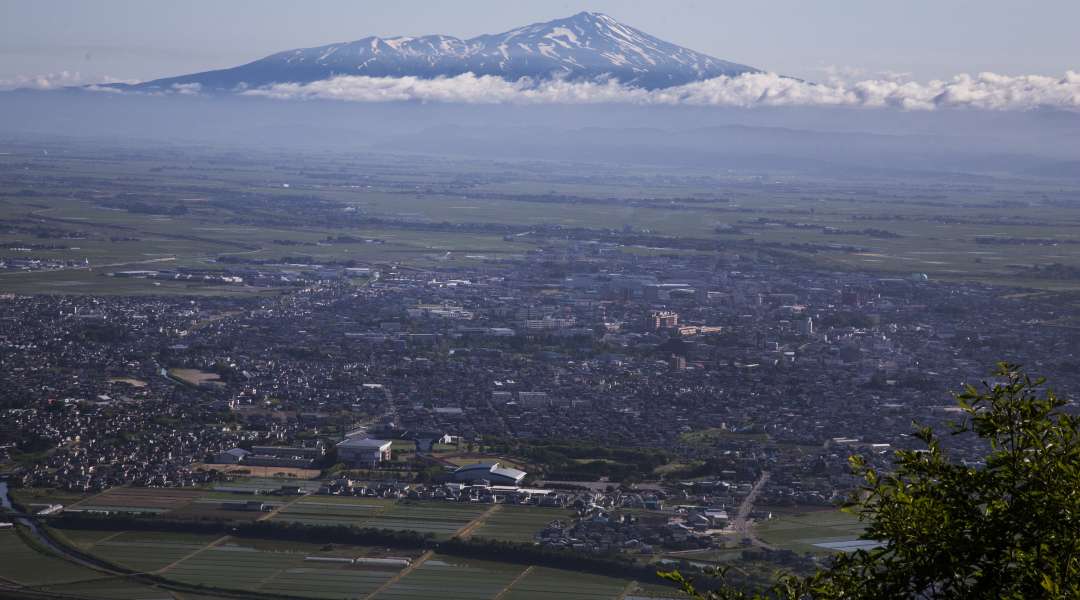 ©
©